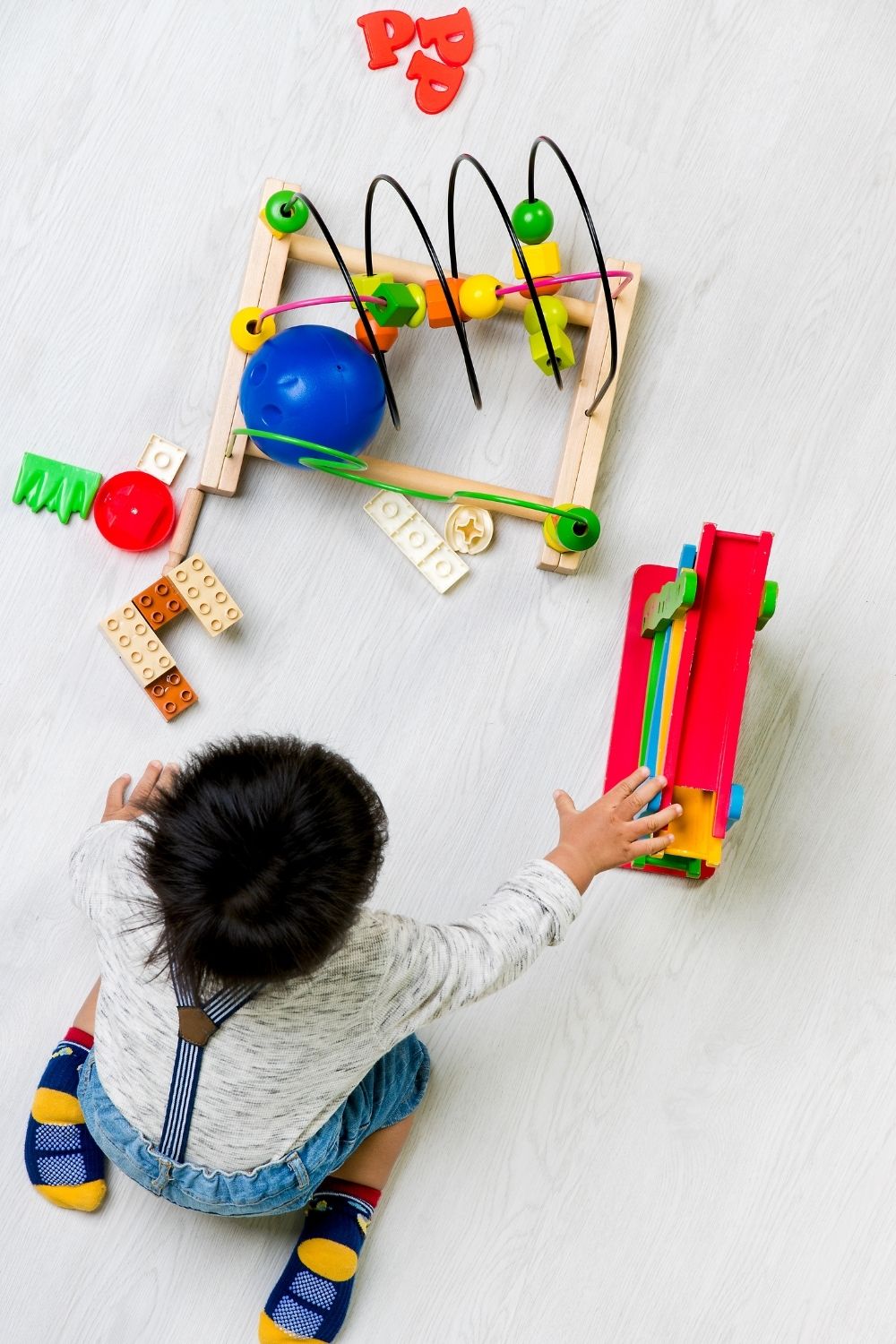December is Safe Toys and Gifts Month
Approximately 217,000 children are treated in emergency rooms annually for toy-related injuries.
The injuries can happen because of a fault in the toy itself or due to mishandling of the toy. While the vast majority of injured parties were eventually released by the emergency room or hospital, toy-related injuries are among the most preventable. The most commonly injured part of the body is the head and face area, with the most common injuries being lacerations, contusions, or abrasions. Additionally, each year, thousands of children age 14 and younger suffered serious eye injuries, even blindness, from toys.
Types of Toy Related Injuries
It only takes a second for a child to become injured from a toy if they aren’t being adequately supervised. It is critical to understand the types of injuries that can be sustained from toys, and how to keep children out of harm’s way:
- Choking. Choking is one of the most common injuries pertaining to toys. A child’s trachea is no wider than a straw. Even the tiniest of pieces from a toy can block a child’s airways and cause suffocation. Choking is the fourth leading cause of unintentional deaths in children under 5 years old. Toy manufacturers are required to put warnings on labels for choking hazards. Always inspect a toy before allowing a child to play with it, read all labels thoroughly, and make sure that the toy is age-appropriate.
- Falls. Most riding-toy injuries are from falls. Children fall off their bikes, scooters, skateboards, and rollerblades very often. These injuries are potentially fatal or permanent. The best way to prevent an injury from a fall is proper padding. Kneepads, elbow pads, and helmets save lives and reduce the risk of a severe injury.
- Eye injuries. Prevent Blindness America estimates that an average of 11,000 toy-related eye injuries in children each year. The injuries range in severity from mild corneal abrasions to severe retinal detachment and blindness. Toys such as BB guns or other weapon-related toys are one of the biggest causes of eye injuries. Sports equipment is also a big one. Other toys that cause eye injury are those that contain rubber bands. Bungee cords, used for purposes such as securing items to bikes, are one of the biggest causes of eye injuries. Always make sure that children wear proper protective eyewear when engaging in sports. Make sure that toys are age-appropriate as well.
- Motor accidents. Certain toys, such as balls, scooters, and bicycles, aren’t always directly responsible for a child’s injury. However, they can contribute to a motor injury. Kids don’t necessarily have the cognizance to know not to run out into the street when chasing a ball, or not to ride their bikes in the street. Motorists aren’t always focusing on the road, and this can lead to a potentially fatal situation. Make sure to properly educate a child about the dangers of not paying attention when playing near streets and especially school zones. Ideally, adult supervision is the best way to keep them from getting hit by a motor vehicle.
Children require constant supervision because their minds are still developing. They are often unfamiliar with new toys, and injuries are all too common. By knowing the safety hazards involved and how to prevent injury, kids this year will be better off with their new toys.
Holiday Shopping Safety Tips
Before making any purchases for the people on your list this season and throughout the year, make sure to keep safety in mind. We want to keep the holidays a magical time of the year without any trips to the E.R. or emergencies.
Follow these 3 important tips to be sure you’re purchasing safe gifts:
- Inspect the toys before you buy them. Avoid toys with sharp edges or parts that can be easily pulled off. For children younger than age three, avoid toys with small parts, which can cause choking.
- Make sure the age and skill level marked on the toy matches the age and skill level of the child you’re buying for.
- Check toys for the ATSM (American Society for Testing and Materials) label that proves it’s up to standard.
More Tips for Giving Safe Toys to Children
The Prevent Blindness organization provides tips to gift-givers to make sure gifts are safe, especially those intended for children.
Before purchasing a toy or gift, they suggest:

